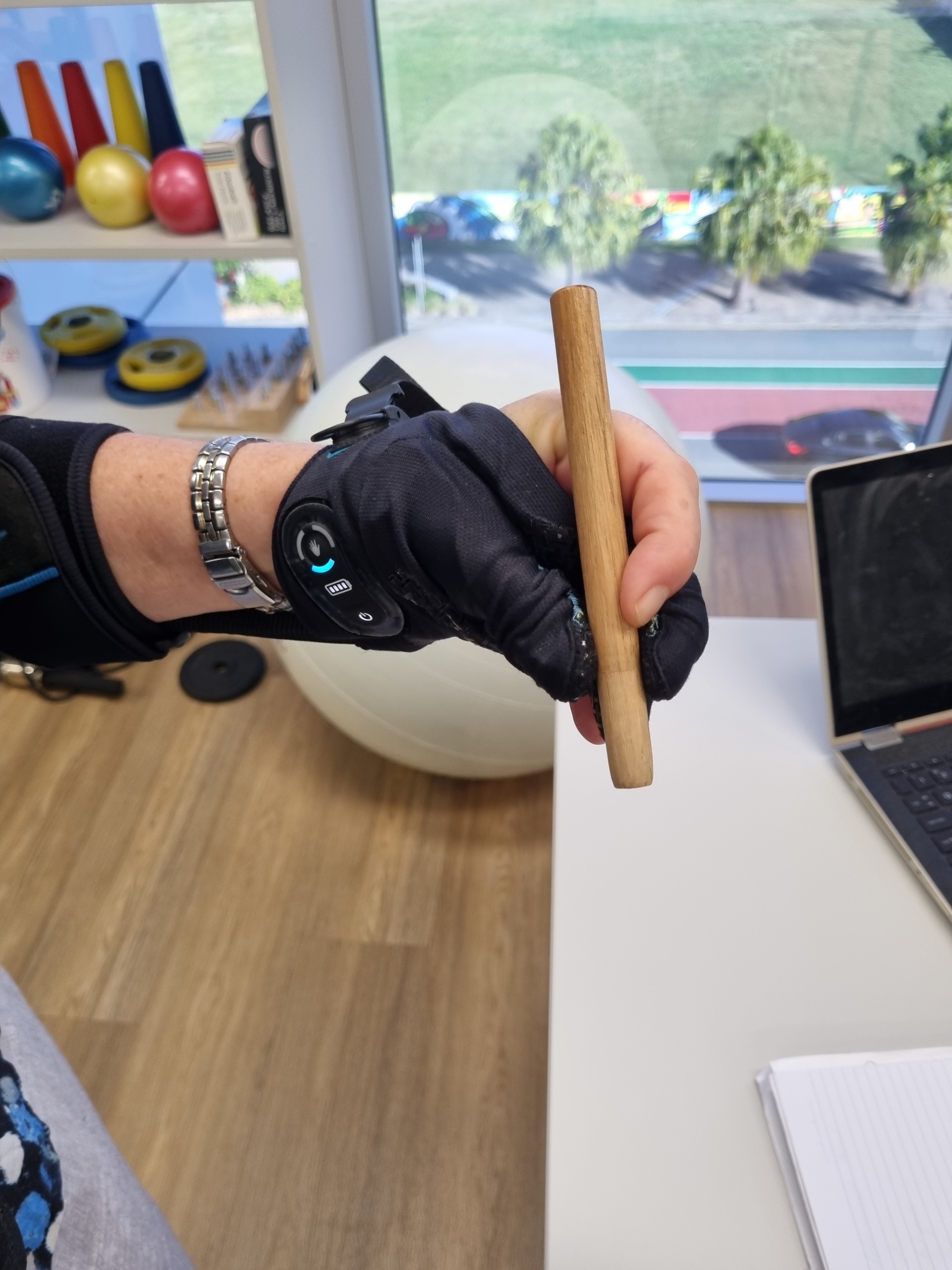Are you working constantly with computers and have been diagnosed with Carpal Tunnel Syndrome? Are you trying to decide on whether to have surgery? Are you concerned about post-operative results on your typing? Attached is recent research regarding the positive results of surgery on typing speed. It is seen that the typing speed can actually surpass the preoperative typing speed. Have a read:
The Effect of Carpal Tunnel Release on Typing Performance.
Abstract
PURPOSE: To describe the effect of carpal tunnel release (CTR) on typing performance.
METHODS: We prospectively studied 27 patients undergoing open CTR. Patient demographics and clinical characteristics including nerve conduction studies, electromyography results, and duration of symptoms were collected. Before surgery and at 8 time points after surgery, ranging from 1 to 12 weeks, typing performance for an approximately 500-character paragraph was assessed via an on-line platform. The Michigan Hand Questionnaire (MHQ) and the Boston Carpal Tunnel Questionnaire functional component (BCTQ-F) and symptom severity component (BCTQ-S) component were completed before surgery and at 1, 3, 6, and 12 weeks after surgery. We used repeated-measures analyses of variance and follow-up dependent-samples t tests to analyze change in typing performance across sessions, and linear regressions to assess relationships between typing performance and demographic and outcome measures. We compared typing speed with the MHQ, BCTQ-F, and BCTQ-S using the Pearson correlation test.
RESULTS: Average typing speed decreased significantly from 49.7 ± 2.7 words per minute (wpm) before surgery to 45.2 ± 3.1 wpm at 8 to 10 days after surgery. Mean typing speed for the group exceeded the preoperative value between weeks 2 and 3, with continued improvement to 53.5 ± 3.5 wpm at 12 weeks after surgery. No clinical or demographic variables were associated with the rate of recovery or the magnitude of improvement after CTR. The MHQ, BCTQ-F, and BCTQ-S each demonstrated significant improvement from preoperative values over the 12-week period. The MHQ and BCTQ-F scores correlated well with typing speed.
CONCLUSIONS: On average, typing speed returned to preoperative levels between 2 and 3 weeks after CTR and typing speed showed improvement beyond preoperative levels after surgery. The MHQ and BCTQ-F correlate well with typing speed after CTR.
TYPE OF STUDY/LEVEL OF EVIDENCE: Prognostic IV.
Copyright © 2017 American Society for Surgery of the Hand. Published by Elsevier Inc. All rights reserved.

